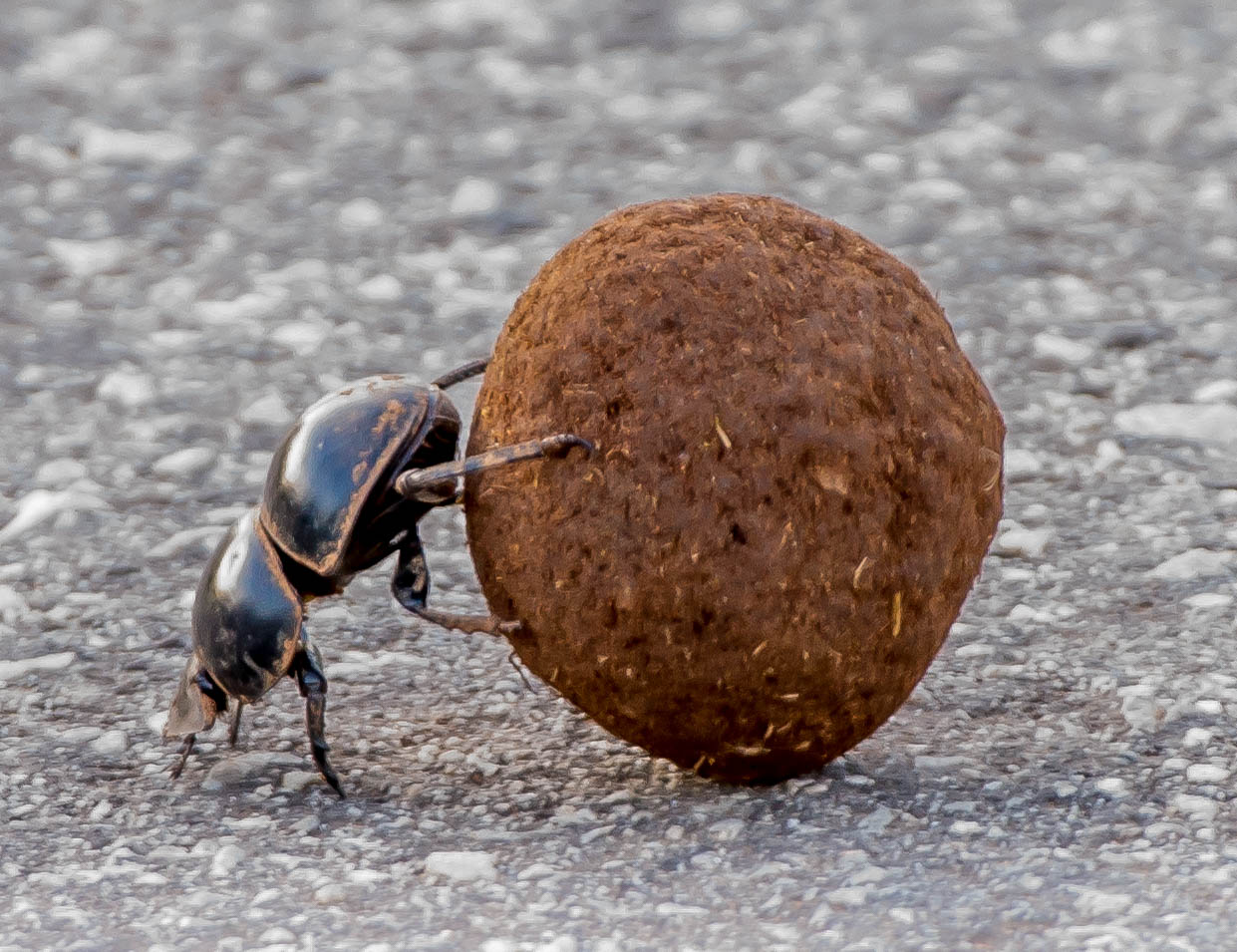
Researchers to develop a robot beetle
In a three year research project, researchers will decode the special qualities of dung beetles and transfer them to a robot. The dung beetle is particularly strong and can form a large ball out of a pile of dung then roll it home, navigating by the sun.
A European research team will plunder the dung beetle for its special abilities. The research team from SDU, Lund University and Kiel University has received a grant from The Human Frontier Science Program Organization, HFSPO.
- The dung beetle uses its little brain to full capacity. We will use this fundamental knowledge to create new robot technology, explains Associate Professor Poramate Manoonpong from SDU Embodied Systems for Robotics and Learning, who will have the prototype of an autonomous robot ready by the time the research project concludes in three years.
Uses the sky to navigate
Dung beetles are known for cleaning up and eating animal droppings. They use their legs to form balls from the dung. By putting their hind legs up on the ball while pushing with their front legs, they roll the ball home moving backwards.
- It's amazing that dung beetles can orient while moving backwards and rolling a ball that is much larger than themselves. We have carried out experiments which indicate that dung beetles actually navigate using only information from the sky, such as the sun, moon or even the stars. When we put hats on the beetles, they were no longer able to navigate, instead they were lost. We also know that they have difficulties finding their way when it's cloudy, explains Emily Baird, a biologist from Lund Vision group at Lund University.
Strong robot
The beetle has six legs and uses them for many different purposes. It uses them to roll the ball, and when it comes home with food, the beetle again uses its legs to bury the food, just like a dog buries its bone.
Once the researchers have investigated and researched the secret behind the little animal's enormous strength and unique characteristics, it will then be Poramate Manoonpong and Assistant Professor Jørgen c. Larsen’s task to convert the information into a robot beetle using embodied artificial intelligence methods.
- Imagine if we could create a similarly effective robot that could carry ten times its own weight. That would be fantastic, says Poramate Manoonpong.
The project will receive 350,000 USD per year for three years. Only three percent of applicants have been awarded a HFSP grant in 2017. According to the organisation, this year has set a new record when it comes to letters of interest from research teams all over the world.